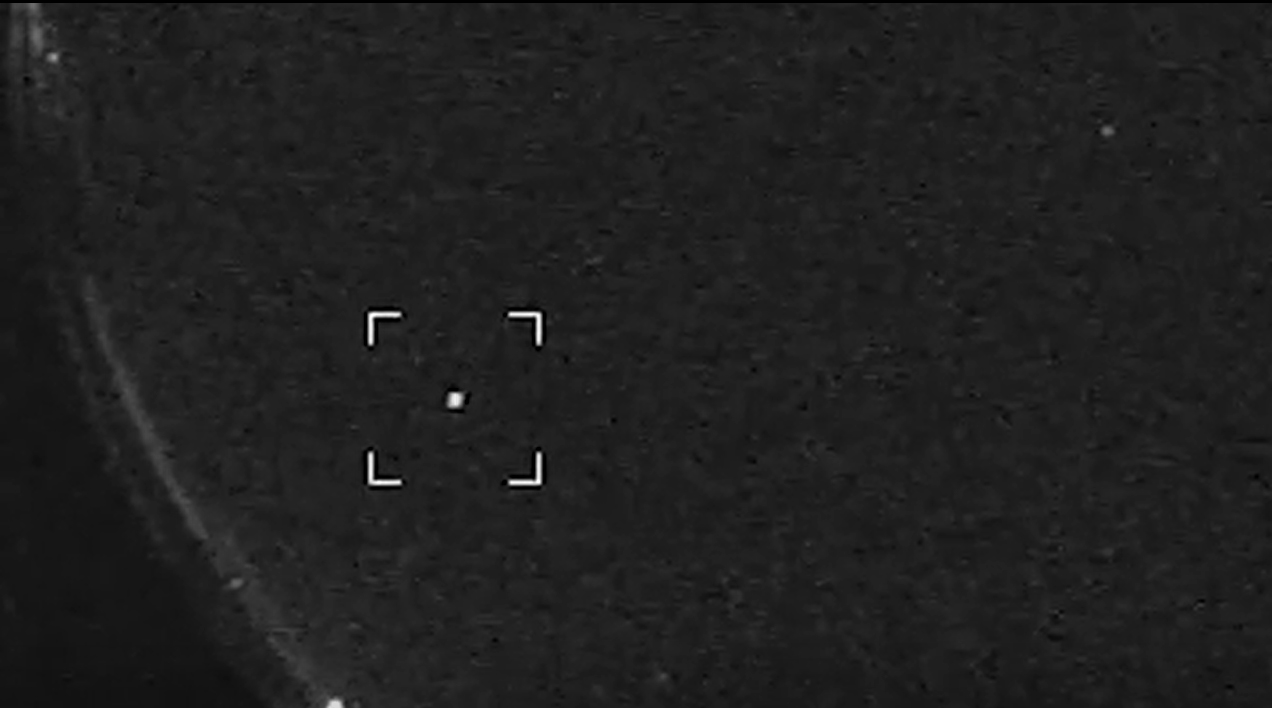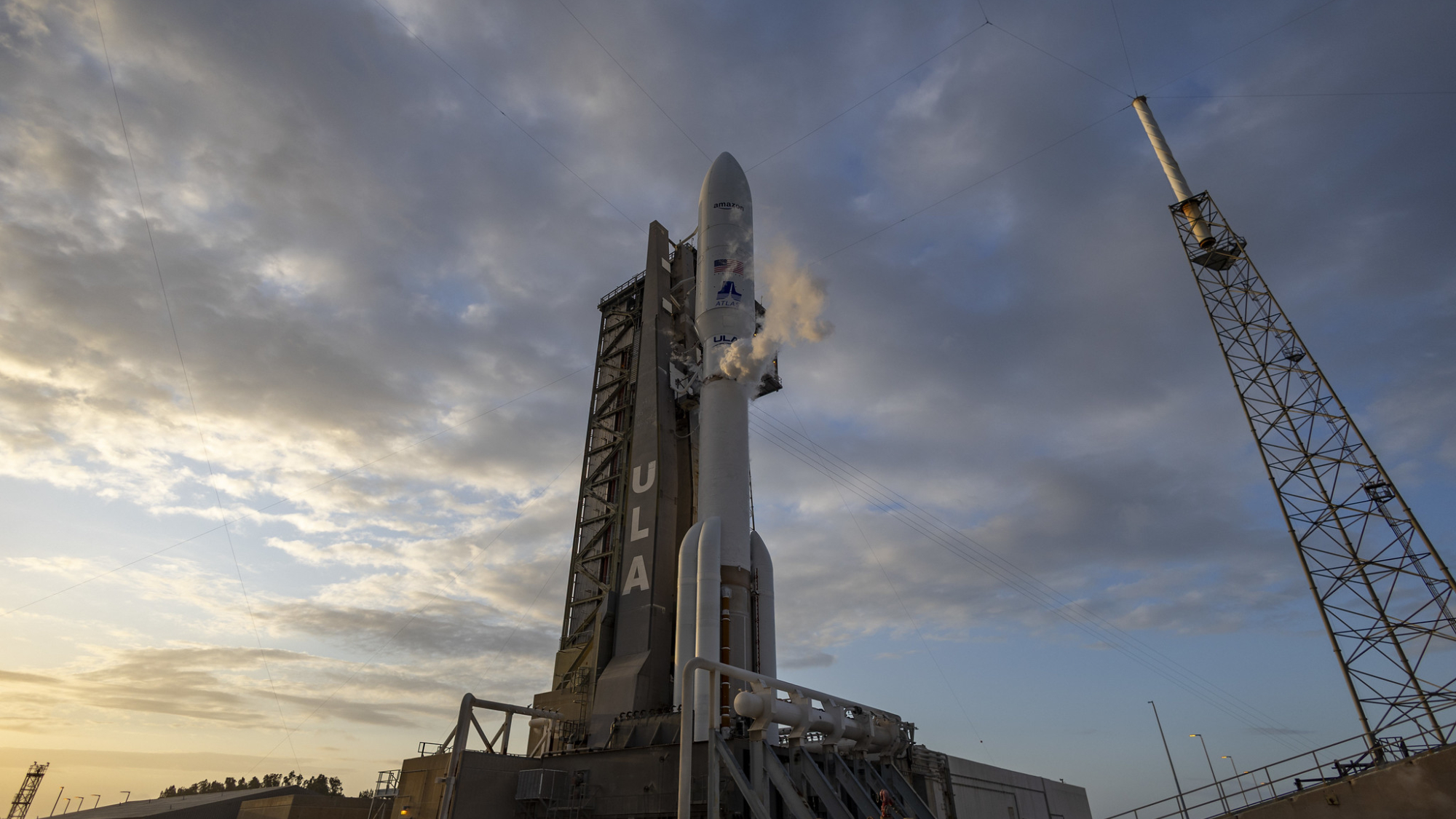NASA spots fireballs from Lyrid meteor shower 2020 (video)
Here's the view from NASA's All-sky Fireball Network!
The Lyrid meteor shower of 2020 will be at its best overnight, but NASA has already captured some "shooting stars" with cameras across the United States.
Fireballs from the Lyrid meteor shower, which peaks late tonight and early Wednesday (April 21-22), were captured by several cameras with NASA's All-sky Fireball Network in the wee hours of this morning. A video of camera imagery shows Lyrid meteors as they lit up the predawn sky at sites across the country.
The Lyrid meteor shower occurs each year in April when the Earth passes through debris trail left by the Comet Thatcher (officially known as C/1861 G1 Thatcher). Records for the meteor shower date back more than 2,700 years, making it one of the oldest known meteor displays, NASA officials have said.
Related: Lyrid meteor shower 2020: When, where & how to see it
More: The most amazing Lyrid meteor photos of all time

The videos were recorded by some of 17 different cameras at various locations across the U.S., with a cluster of six spread out across Alabama, Georgia, Tennessee and North Carolina, five in New Mexico and Arizona, and three-camera groups in the Ohio-Pennsylvania area and in Florida.
"A new moon this year will make way for good viewing of the Lyrids, leaving the sky dark," NASA officials said in a statement. "While rates of Lyrids per hour can be low, they are also known to produce bright fireballs, and this year we are expecting rates of up to 15 meteors per hour."
The peak also coincides with Earth Day on Wednesday and International Dark Sky Week, a time when skywatchers around the world revel in the night sky's splendor.
Get the Space.com Newsletter
Breaking space news, the latest updates on rocket launches, skywatching events and more!
Related: How to see the best meteor showers of 2020

"This will actually be a good year for the Lyrids and it is exciting the peak is on Earth Day and in the middle of International Dark Sky Week," Bill Cooke, head of NASA's Meteoroid Environment Office at NASA’s Marshall Space Flight Center, said in the same statement.
"While the Lyrids aren't as prolific as other meteor showers like the Perseids or Geminids, they usually do produce some bright fireballs," Cooke said. "Since the moon will be nearly invisible April 22, rates should be about as good as it gets for this shower."
The Lyrids will appear to radiate out from the constellation Lyra (hence their name).
"The Lyrids appear to come from the vicinity of one of the brightest stars in the night sky — Vega," NASA officials said in a statement. "Vega is one of the easiest stars to spot, even in light-polluted areas."
To find out how to observe the Lyrid meteor shower, read our guide here.
Editor's note: If you snap a great photo Lyrid meteor shower that you'd like to share for a possible story or image gallery, send photos, comments and your name and observing location to spacephotos@space.com.
- The most amazing Lyrid meteor shower photos of all time
- How to see the best meteor showers of 2020
- How meteor showers work (infographic)
Email Tariq Malik at tmalik@space.com or follow him @tariqjmalik. Follow us @Spacedotcom, Facebook and Instagram.
OFFER: Save 45% on 'All About Space' 'How it Works' and 'All About History'!
For a limited time, you can take out a digital subscription to any of our best-selling science magazines for just $2.38 per month, or 45% off the standard price for the first three months.
Join our Space Forums to keep talking space on the latest missions, night sky and more! And if you have a news tip, correction or comment, let us know at: community@space.com.

Tariq is the Editor-in-Chief of Space.com and joined the team in 2001, first as an intern and staff writer, and later as an editor. He covers human spaceflight, exploration and space science, as well as skywatching and entertainment. He became Space.com's Managing Editor in 2009 and Editor-in-Chief in 2019. Before joining Space.com, Tariq was a staff reporter for The Los Angeles Times covering education and city beats in La Habra, Fullerton and Huntington Beach. In October 2022, Tariq received the Harry Kolcum Award for excellence in space reporting from the National Space Club Florida Committee. He is also an Eagle Scout (yes, he has the Space Exploration merit badge) and went to Space Camp four times as a kid and a fifth time as an adult. He has journalism degrees from the University of Southern California and New York University. You can find Tariq at Space.com and as the co-host to the This Week In Space podcast with space historian Rod Pyle on the TWiT network. To see his latest project, you can follow Tariq on Twitter @tariqjmalik.










